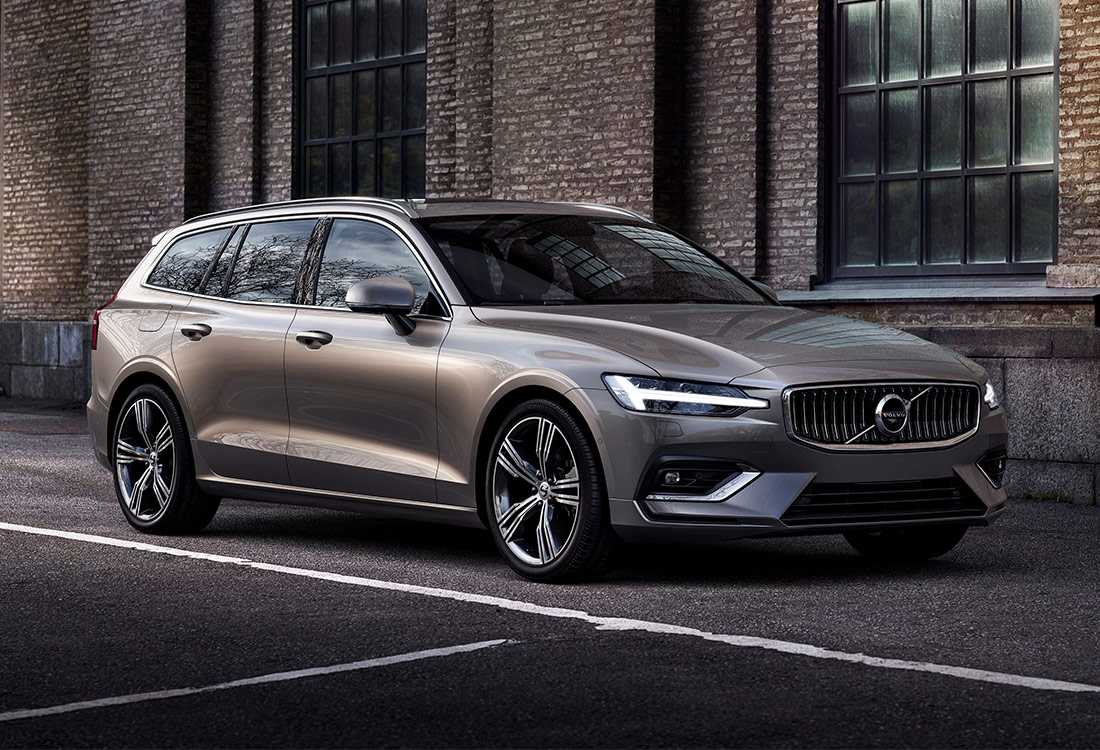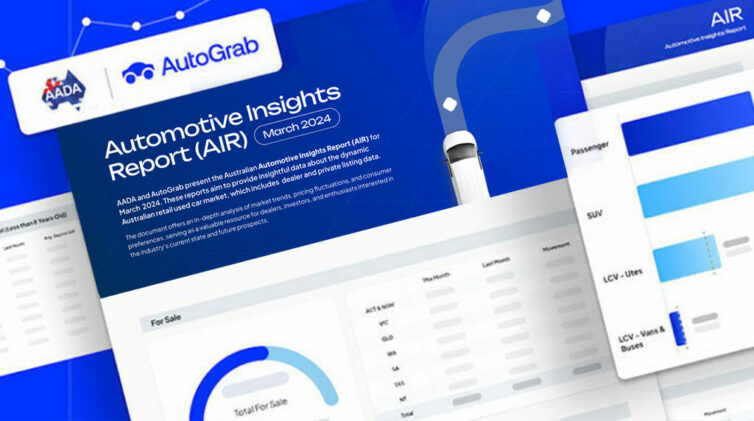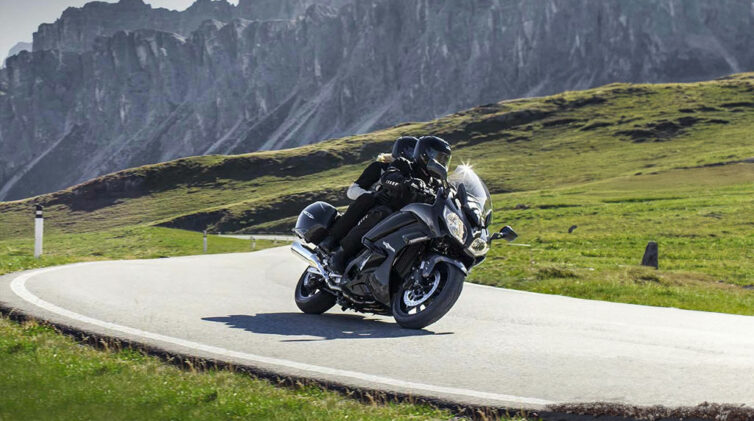Volvo, for example, has spent a considerable amount of time reviewing its involvement in the premium mid-size segment (over $60,000) with the S60 sedan and V60 wagon models – a new generation of which will be available next year – after the current series failed to live up to expectations.
At launch in December 2010, Volvo Car Australia senior management was anticipating the current S60 would ramp up sales to 1500 units a year – and reduce the brand’s dependence on SUVs – as it embarked on a fresh drive after stopping shipments a couple of years earlier and letting stock run dry.
With the V60 arriving three months later, Volvo’s mid-size twins managed 1171 sales between them in 2011, only to begin a downward turn that brought 904 units in 2012, 809 a year later, 871 the next and a neat 1000 new registrations in 2015 with the V60 Cross Country on board.
Since then, the S60/V60/Cross Country lines have really struggled, with 592 units combined in 2016, just 445 last year and only 69 units between them to the end of April this year – down 47.3 per cent as a collective compared to the same period last year.
Among the mainstream contenders, Honda Australia has also just announced, after great deliberation, that it will bring its new-generation Accord to market later next year – more than two years after it was launched overseas – as a flagship model for the Japanese brand, despite a similarly tough period to Volvo with the current series.
Not to be confused with the ‘Accord Euro’ that was axed early in 2015, the current ninth-generation American-designed, Thai-built Accord launched in June 2013 – about a year after left-hand-drive versions were launched – and made an immediate impact with 3006 sales (a 92 per cent increase), only to fall away sharply to 1760 units in 2014, 978 in 2015 (even with hybrid version added), 719 in 2016 (despite a facelift) and just 337 sales last year.

Pause for thought: Volvo’s new-generation prestige V60 wagon (pictured) and S60 sedan are not yet confirmed for Australia, but the company recognises the credibility and heritage the models carry with them.
This year, Accord is down more than 50 per cent with only 60 runs on the board.
Like Honda has done, Volvo’s senior management – and the top brass at various other car companies – have had to look beyond the raw figures and consider the importance of their mid-size offerings as a representative of the brand’s values and heritage, and whether each model’s inclusion stacks up financially in a segment that is continuing to contract as buyers shift en masse into SUVs.
Perhaps against all odds, Volvo looks set to confirm the next S60/V60 for Australia.
The Swedish brand’s mid-size passenger cars have, over the years, been classified in both the mainstream and premium classes (the latter since 2014), but no matter how you look at the figures, the industry’s official VFACTS statistics point to a segment that has soured.
Go back a decade, to the 2007 calendar year, and some 92,600 new mid-size cars were sold in Australia, for an 8.8 per cent share of the entire market. Mid-size cars made up 26.6 per cent of Volvo’s overall sales, and 25.6 per cent of Honda’s.
Last year, mid-size segment volume slipped below 63,500, accounting for 5.3 per cent of the market, and Volvo and Honda’s contributions, as their low results indicate, represented 9.5 and 0.7 per cent of each brand’s respective sales.
Volvo’s share of the premium segment was 1.9 per cent while Honda’s hold on the mass-market mid-size category was 0.8 per cent.
By comparison, the dominant class leaders – the Mercedes-Benz C-Class (including CLA) and Toyota Camry – commanded 53.6 and 57.5 per cent in their respective segment last year.
Annual results wax and wane according to the activity in the marketplace – new entrants, model generations and/or significant updates and price realignments, not to mention departures such as the Nissan Altima, Holden Malibu, Holden (and, earlier, Opel) Insignia, Suzuki Kizashi and Citroen C5.
Yet with every step forward, the mid-sizers have taken significant steps backward, with no positive results for the mainstream or premium segment as a whole since 2015.
Last year, not one single model recorded year-on-year growth among the mass-market players, which dragged the sub-$60K class down 19.7 per cent, while positive individual results from the new Alfa Romeo Giulia, Audi A5 Sportback, VW Arteon and, yes, the evergreen Benz C-Class were not enough to prevent the $60K-plus contingent falling 4.6 per cent.
This year, the mainstream and premium categories are down 25.3 and 13.5 per cent respectively, keeping the overall class down 20.9 per cent despite a new-generation Camry bedding in (albeit without the benefits that flow from local manufacturing) and other new entrants reaching the market including Subaru’s facelifted Liberty.
Mazda introduces its heavily revised Mazda6 this week as Kia prepares to launch an updated Optima, turning the cogs in a segment that grinds on but gives powerbrokers in the industry plenty of reason to consider whether it’s worth all the effort.
By Terry Martin















 Read More: Related articles
Read More: Related articles

